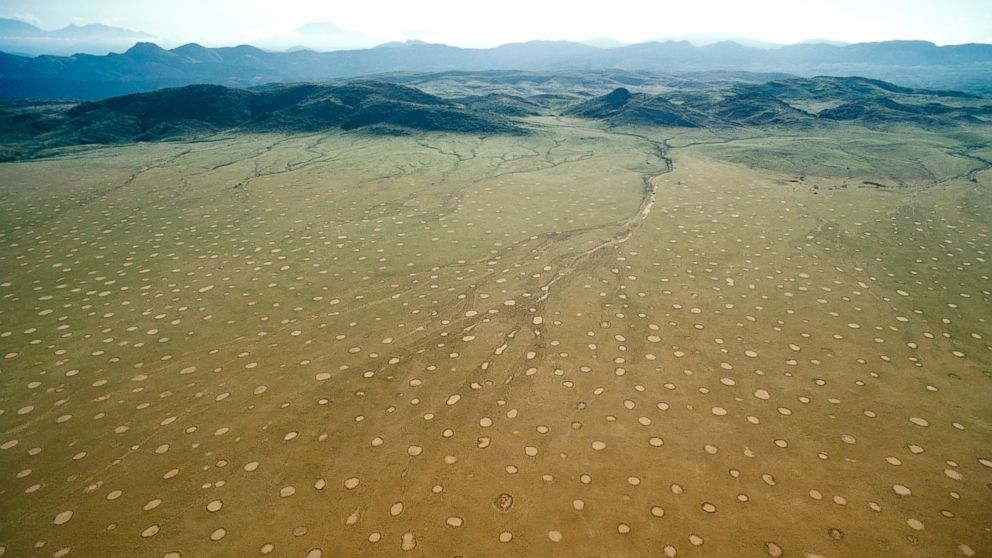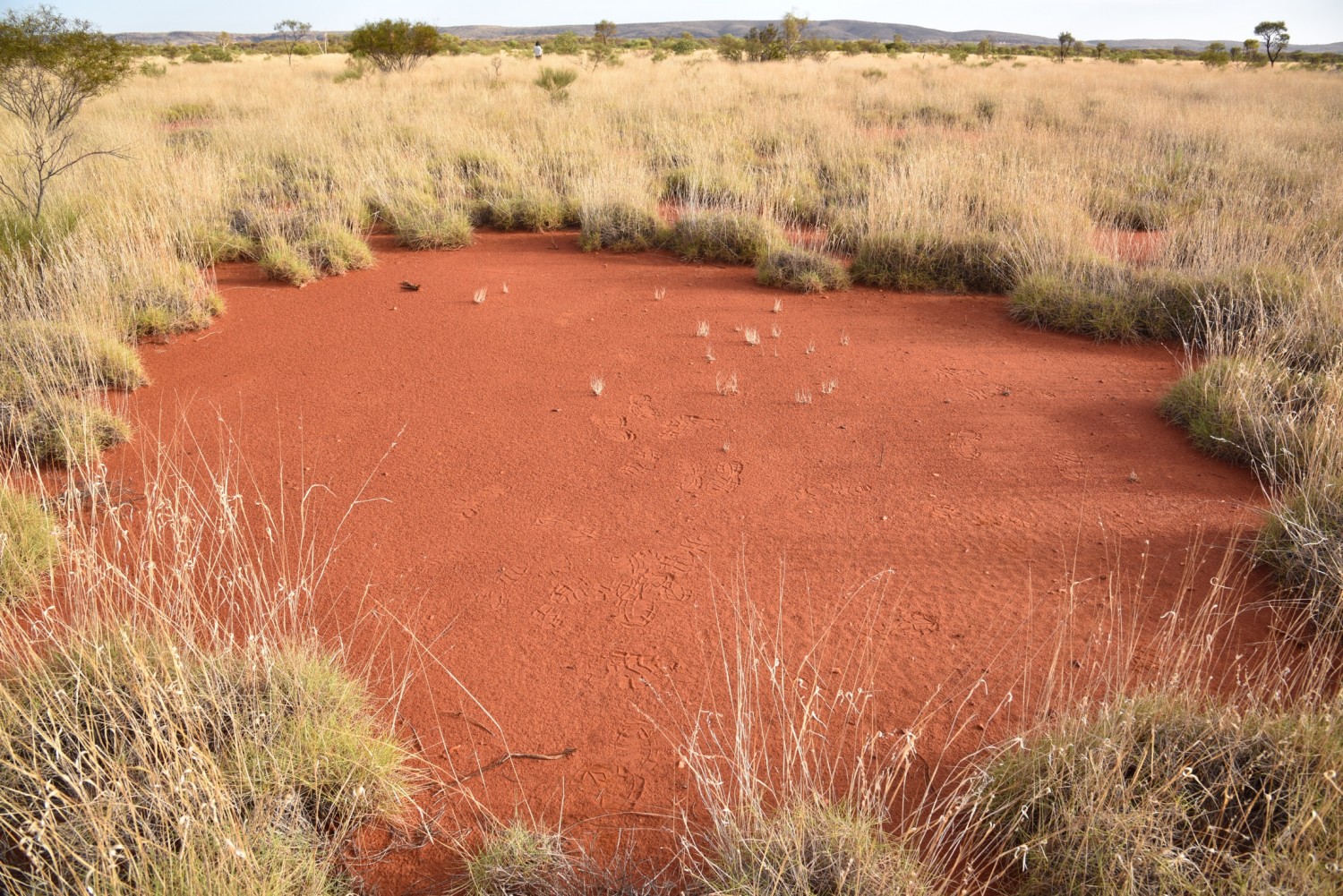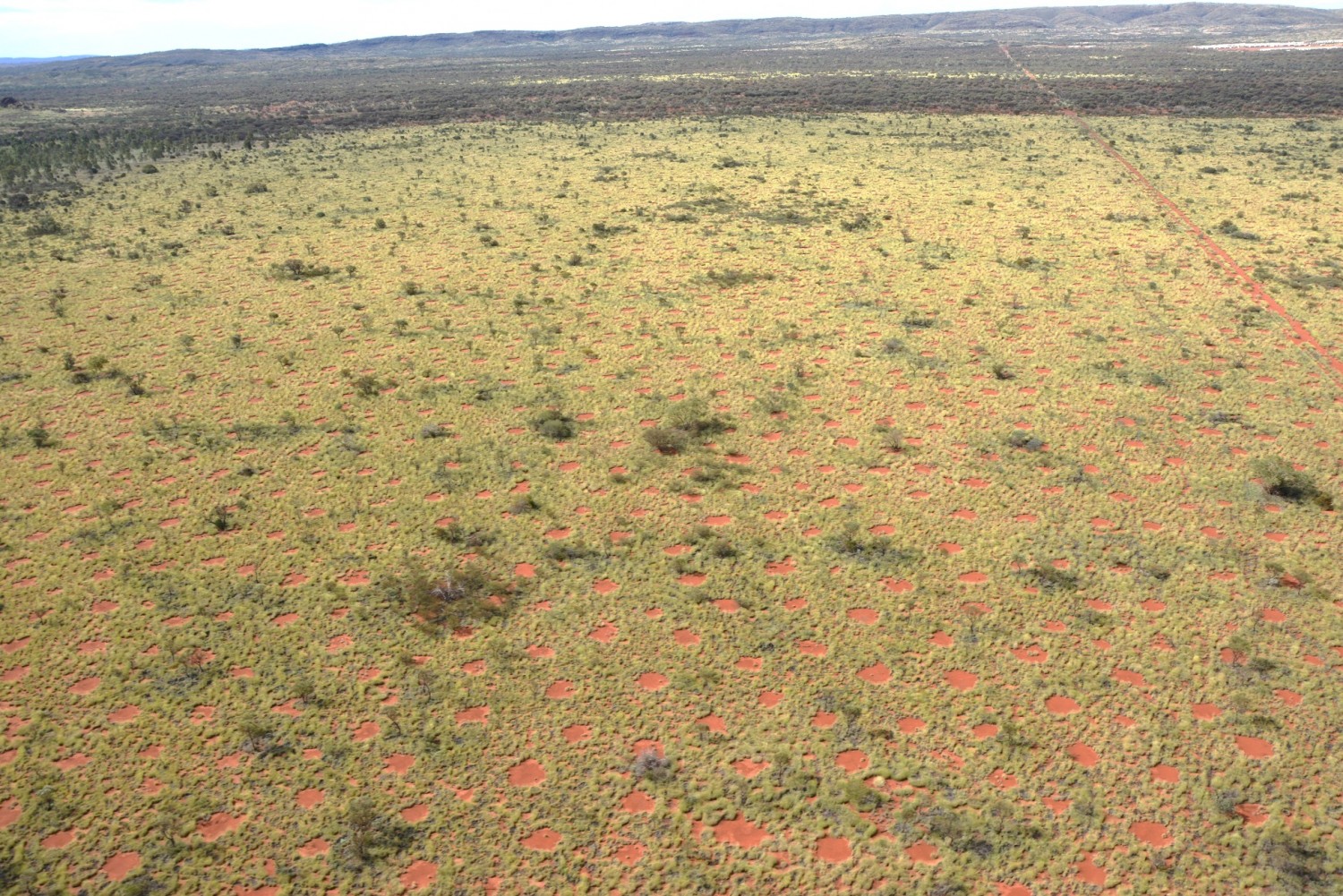Latest Discovery Hints at Origin of Mysterious ‘Fairy Circles’
The "baffling structures" were once believed only to exist in Namibia.

— -- A stunning phenomenon of circular barren patches in the dry grasslands, known as "fairy circles," was once thought to only exist in the Namib Desert in Namibia, Africa.
For decades, the origin of the fairy circles mystified researchers and scientists, according to a new study published Monday in the journal PNAS, or the Proceedings of the National Academy of Sciences of the United States of America.
But after discovering a similar pattern of circles in the remote outback of Australia two years ago, researchers now believe they're closer to understanding the "baffling structures," according to Stephan Getzin, the study's lead author and head of the Department of Ecological Modelling at the Helmholtz Centre for Environmental Research (UFZ) in Germany.
"There have been a lot of interesting mythological explanations for the circles by locals in Namibia," Getzin told ABC News today. "Some people thought fairies danced in a circle overnight, while others thought they could be the footsteps of God."

Local lore also explained the circular gaps as being created by a dragon whose fire burned holes into the land, Getzin said. And still others believed the circles were created by UFOs, he added.
But these three main scientific theories emerged after researchers started looking into circles in the remote Namib Desert in the 1970s, Getzin explained:
• Toxic carbon monoxide gas was rising up from the Earth under the circles, killing the vegetation
• Insects, mainly ants and termites, nibble away at the roots of the grasses
• The grasses self-organize themselves in this pattern as a response to scarce water

After doing more investigation on the circles in Australia for these past two years, Getzin's team was able to find significant evidence and support for the third theory, he said.
He added that other similar patterns exist in remote, dry areas of Earth, including trees that form "stripes" on mountain slopes and "labyrinths of tiger bush" found in the arid and semi-arid regions of Australia, West Africa and North America.
Getzin now wants to follow up the phenomenon even further, he said.
"It's very possible there are unknown fairy circles in other dry and uninhabited regions of the world," Getzin said. "The age of discovery is far from over."





